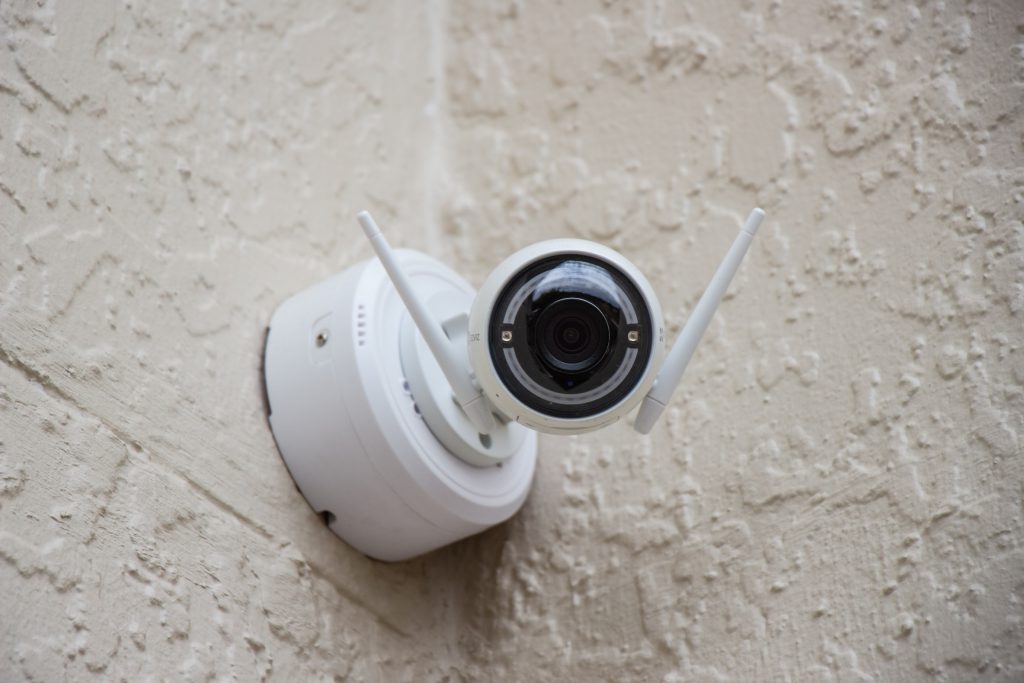Whether you’re embarking on a new construction project or diving into a renovation, the idea of installing a camera on your site might have crossed your mind. Cameras can be a potent tool, not just for monitoring progress but also for ensuring the safety and security of your property. But the question arises: Is it legal to do so in Belgium?

Why consider cameras for construction sites?
The primary reason many opt for cameras on their construction or renovation sites is to prevent theft and vandalism. Construction sites, with their plethora of tools, machinery, and sometimes even materials like copper, can be a tempting target for thieves. A camera acts as a deterrent; the mere presence of it can dissuade potential criminals. And if an incident does occur, the footage can provide valuable evidence to identify the culprits.
Understanding the Belgian law on surveillance cameras
If you’re considering installing a camera on your site in Belgium, it’s crucial to be aware of the legal landscape. The country has specific regulations concerning the use of surveillance cameras, encapsulated in the "law on surveillance cameras."
Real vs. Dummy Cameras
Interestingly, if you’re using a dummy camera – one that doesn’t record footage but is merely used as a deterrent – the stringent obligations of the surveillance camera law don’t apply. However, if you’re using a real camera, there are several rules you must follow.
Camera Placement
One of the first things to consider is the camera’s placement. The law mandates that cameras should be set up in such a way that they capture as little of the public road and neighboring properties as possible. This means you can’t point your camera directly at the street or public parking spaces near your site. Instead, focus the camera on the construction site, the building, or the storage area where materials and equipment are kept.
Other legal obligations to consider
Beyond placement, there are other legal requirements to keep in mind:
Informing the Authorities
Once you’ve installed a camera, you must notify the authorities about it. This notification is done online and is free of charge. It’s a step that ensures the government is aware of surveillance measures being taken by private entities.
Using Pictograms
You’re also required to display a pictogram indicating that the area is under surveillance. This sign ensures that any "visitors" to the site – whether they’re workers, delivery personnel, or even potential trespassers – are aware they’re being filmed. This pictogram must include specific mandatory information. For detailed requirements on what the pictogram should contain, it’s advisable to consult the official legal website.
Maintaining a Record
Lastly, if you’re capturing footage, you need to maintain a register for image processing activities. This register is a record of all surveillance activities and is a crucial document should any legal issues arise.
Conclusion
While cameras can be a valuable asset for construction and renovation sites, it’s essential to ensure that their use is in line with Belgian law. By understanding and adhering to the legal requirements, you can ensure that your site remains secure while also respecting the privacy rights of individuals and the broader community. As always, when in doubt, consulting with a legal expert or familiarizing yourself with the official regulations can provide clarity and peace of mind.

 Open Immovlan
Open Immovlan